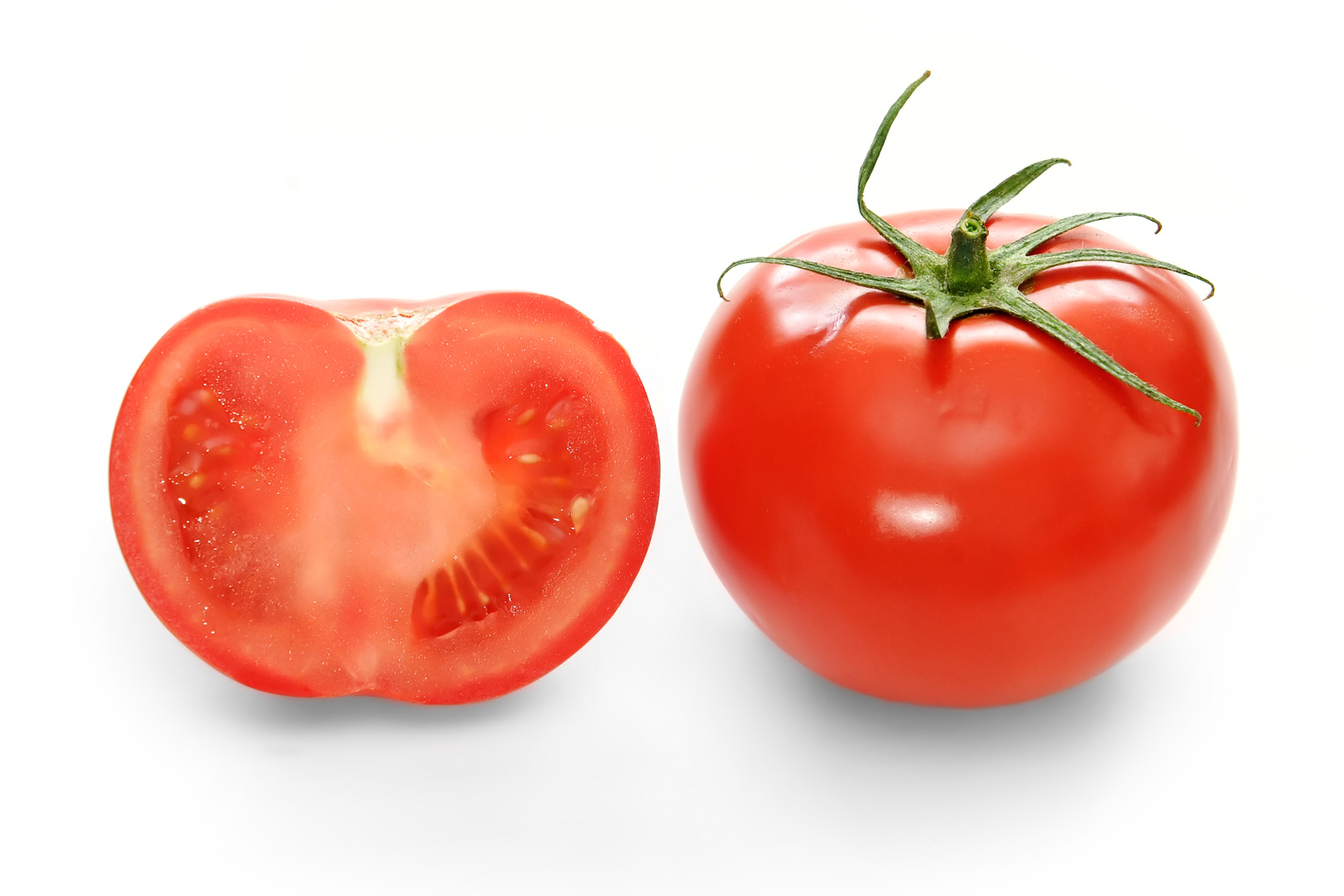its cannabis sativa
its SCIENCE
You do understand that all Cannabis Sativa is hemp?
Cannabis Indica includes wide and narrow leaf drug varieties.
-SamS
its cannabis sativa
its SCIENCE
its cannabis sativa
its SCIENCE
So I should call my tomatoes Solanum lycopersicum?
And, Sam, as far as I know official taxonomy continues to cling to the single species designation.
You do understand that all Cannabis Sativa is hemp?
Cannabis Indica includes wide and narrow leaf drug varieties.
-SamS
Hola Sam
I'd really love to know what are the reasons to use Indica to denote Drug varieties and Sativa for hemp varieties? considering that selecting against THC to make Hemp varieties is kinda quite recent in comparison to selecting for psyche-active purposes.
I'm sort of an etymology aficionado, so I need to know
thank you!
peace
On the topic of the misuse of the terms "sativa" and "indica":
The most current genetic and chemotypic evidence (ex. from Hillig and Mahlberg) finds that what we call "indica" (i.e. wide-leafleted drug-biotype; WLDB) and "sativa" (i.e. narrow-leafleted drug-biotype; NLDB) are both of the same species: C. indica [5][6][7]. Probally the simplest taxonomy is that WLDB is C. indica var. afghanica and NLDB is C. indica var. indica [8]. Hemp falls under the species C. indica and C. sativa. Ruderalis is most probably a third species of C. spp called C.ruderalis.
That means if people use the term "sativa" for something like Haze they are misusing the term. Haze is really an indica species (i.e. C. indica), aka NLDB. Haze is of the same species as Hindu-Kush, which is a WLDB, both Haze and Hindu-Kush are under the species C. indica. Thus we should not be calling Haze, Thai, Kali-Mist, etc., "sativas", we should be calling them simply "NLDB indica"; and we should not be calling Hindu-Kush, Afghan, NL #5, etc., "indicas", we should be calling them simply "WLDB indica". That said, calling Hindu-Kush an "indica" is far more correct than calling Haze a "sativa"...
thank you Paully
I'm still unsatisfied though; not meaning to say the current trend in calling drug-types Indica is wrong, but just that I want to know the reason why is was chosen over Sativa.
Considering that the meaning of Sativa denotes a cultivated species of plant, while Indica denotes a place of origin i.e: India (including areas and new countries that were part of India such as Pakistan etc...)
It seems strange that the term Indica was chosen over Sativa to denote drug-types; unless it has been officially confirmed through genetics that the definite origin of drug varieties is India?
there must be another reason I'm not thinking of and that is what I'd like to know.
thanks again.
peace!
DIVISION I. PRINCIPLES
Principle I
The nomenclature of algae, fungi, and plants is independent of zoological and bacteriological nomenclature. This Code applies equally to names of taxonomic groups treated as algae, fungi, or plants, whether or not these groups were originally so treated (see Pre. 8).
Principle II
The application of names of taxonomic groups is determined by means of nomenclatural types.
Principle III
The nomenclature of a taxonomic group is based upon priority of publication.
Principle IV
Each taxonomic group with a particular circumscription, position, and rank can bear only one correct name, the earliest that is in accordance with the rules, except in specified cases.
Principle V
Scientific names of taxonomic groups are treated as Latin regardless of their derivation.
Principle VI
The rules of nomenclature are retroactive unless expressly limited.

mostly they're just labels attached to dried plant material.

Hopefully this hasn't been posted earlier but it seems to be the latest taxonomy. With any luck the link might even work -http://www.beyondthc.com/mcpartlands-corrected-vernacular-nomenclature/